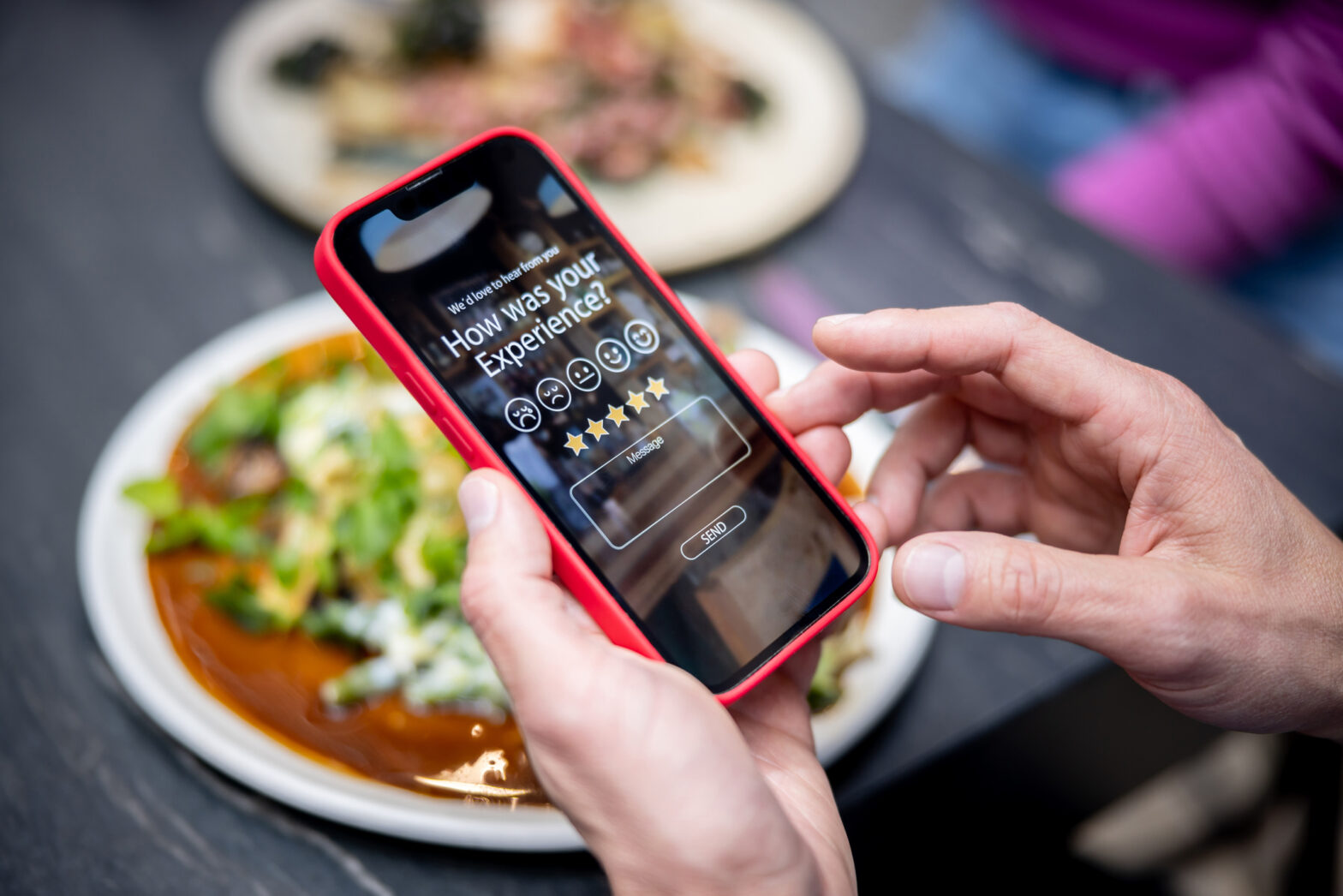More Millennials use Facebook daily than own a credit card. Social data is fast overtaking traditional data, becoming a key source for assessing credit risk and on-boarding customers.
Born between 1980 and 2000, Millennials are now the biggest generation in the population and include the first people to have grown up with instant internet access and smart phones. While the younger members of this generation were the first digital natives, expecting to be able to do anything and everything via the internet, the looming Generation Z is expected to be even more demanding of businesses.
By 2018, banks in the UK and Western Europe are expected to make over half of new incoming revenue from digital sales. Banks are already adapting to the digital age through the introduction of mobile and internet banking on top of in-branch services; while this provides some flexibility, there remains much more work left to do. Consumers are still having to go to huge lengths to verify their identification, including Knowledge Based Authentication (KBA) techniques such as detailing direct debit bills or mortgages over the phone that they might not know the specifics of on-the-spot. This then leads to many consumers failing the verification process and, despite the current consumer world being mostly digital-friendly, being put through the inconvenience of bringing proof of ID into the branch before reaching the service they require.
A logical advancement for banking in the digital age would be to integrate systems into the ID verification and fraud detection processes that would streamline the user journey and create consistency across channels. For example, the huge increase in social media usage could be used by banks in the KBA stages of ID verification to eliminate, or at least reduce the need for coming into the branch. Instead of being asked about their TV licence bill or mortgage agreement that they might not be aware the details of, they could be asked where they tagged themselves eating a few days ago or to name a number of friends/connections, which could all be done over the internet. Additionally, ID confidence can be given by connecting social media profiles to the bank’s app via a social media analytics software which looks for and highlights inconsistencies and potential fraud indicators.
Enabling the automation and digitalisation of processes such as ID verification would both boost banks’ productivity and create more efficient work flows and improved customer experience. As well as facilitating better, more efficient ID verification and fraud detection processes, the vast amount of social data also enables banks to design more user-centred customer journeys through personalising approaches and marketing efforts by tailoring offerings and incentives.
Related: Why HSBC is banking on voice biometrics
The digital age means that there is more consumer data than ever before, but for the most part, we aren’t using it. 15% of consumers would switch branch because their customer experience was not tailored to their individual needs. Jenny and Mike might both receive the same marketing email at the same time offering the same student bank account with the same incentive because they share one thing in common: starting university. However, Jenny doesn’t go online at this time of day, and Mike doesn’t want a railcard because he never uses the train.
So how can banks make their marketing more effective? Well, as I mentioned before, the data is there, so you need to start using it. With consumers’ consent, banks can implement social data analytics into the signup process would allow banks to discover when users are most active online, what their interests and hobbies are, any key life events like graduation or moving house, and to tailor both their approach and what they actually offer accordingly to maximise customer acquisition and retention.
Big data enables rapid advancement and adaptation of products and services as it gives the most up-to-date, real-time information about consumers. With analytics tools, banks can leverage data to create targeted and tailored offerings for cross-selling and up-selling.
Advanced Big Data analytics technologies, such as ours, help banks regain the connectivity with customers that they used to have pre-digitalisation by ulitising social data to refine the decision-making process, streamline the user journey, and personalise offerings.
James Blake is the CEO of data analytics firm Hello Soda.







